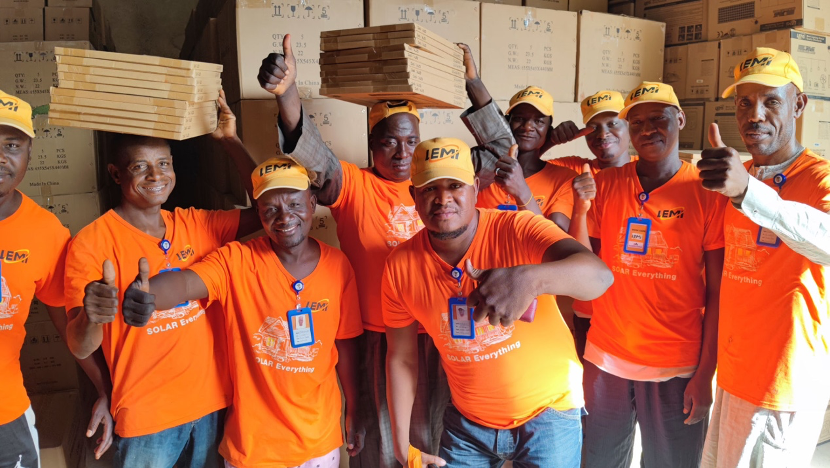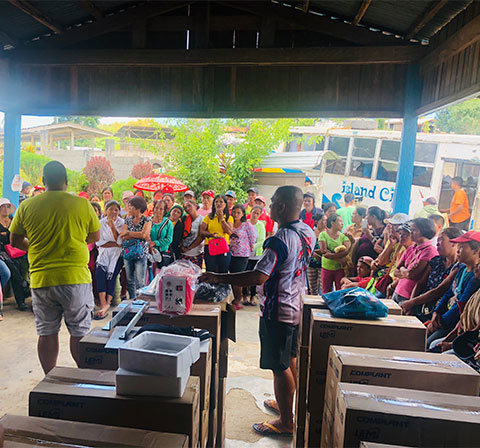Characteristics of raw materials of solar modules
Release Time:
2022-09-13
Characteristics of raw materials of solar modules Battery chip: High efficiency (above 16.5%) monocrystalline silicon solar chip packaging is used to ensure sufficient power generation of solar panel. Glass: Low iron tempered suede glass (also known as white glass) is used, with a thickness of 3.2 mm, and the transmittance is more than 91% within the wavelength range of solar cell spectral response (320-1100 nm). It has high reflectivity for infrared light greater than 1200 nm. At the same time, the glass can withstand the radiation of solar ultraviolet light without decreasing the transmittance. EVA: high-quality EVA film with a thickness of 0.78mm added with anti ultraviolet agent, antioxidant and curing agent is used as the sealant of solar cells and the connector between glass and TPT. It has high light transmittance and anti-aging ability. TPT: The back cover of the solar cell - fluoroplastic film is white, reflecting sunlight, so the efficiency of the module is slightly improved. Because of its high infrared emissivity, it can also reduce the working temperature of the module, which is also conducive to improving the efficiency of the module. Of course, this fluoroplastic film first has the basic requirements of aging resistance, corrosion resistance, air tightness and so on required by solar cell packaging materials. Frame: The aluminum alloy frame used has high strength and strong mechanical impact resistance. It is also the most valuable part of the solar power generation system.
Recommend
Want to learn more or ask for help?
















